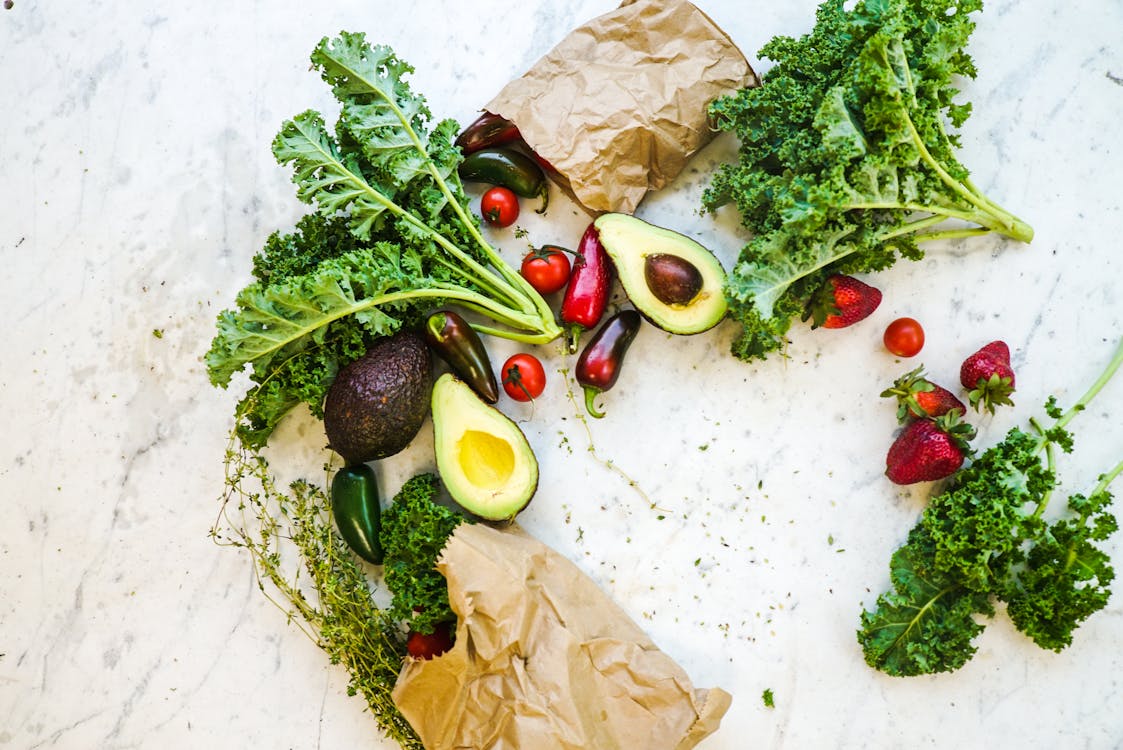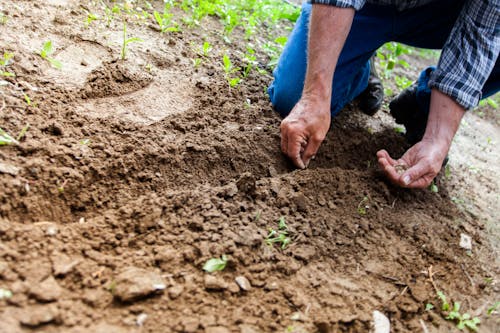10 Tips for Growing Spring Vegetables to Plant
Discover the best spring vegetables to plant in your garden this season! From crisp lettuce to vibrant carrots, learn how to grow a bountiful spring harvest with expert tips and advice.
Spring is a time of renewal and growth, and what better way to embrace the season than by planting your own spring vegetables? Whether you’re a seasoned gardener or a novice with a green thumb, there’s something incredibly satisfying about watching your garden come to life with fresh, homegrown produce. In this comprehensive guide, we’ll explore the top spring vegetables to plant and provide you with expert tips to ensure a successful harvest.
Introduction
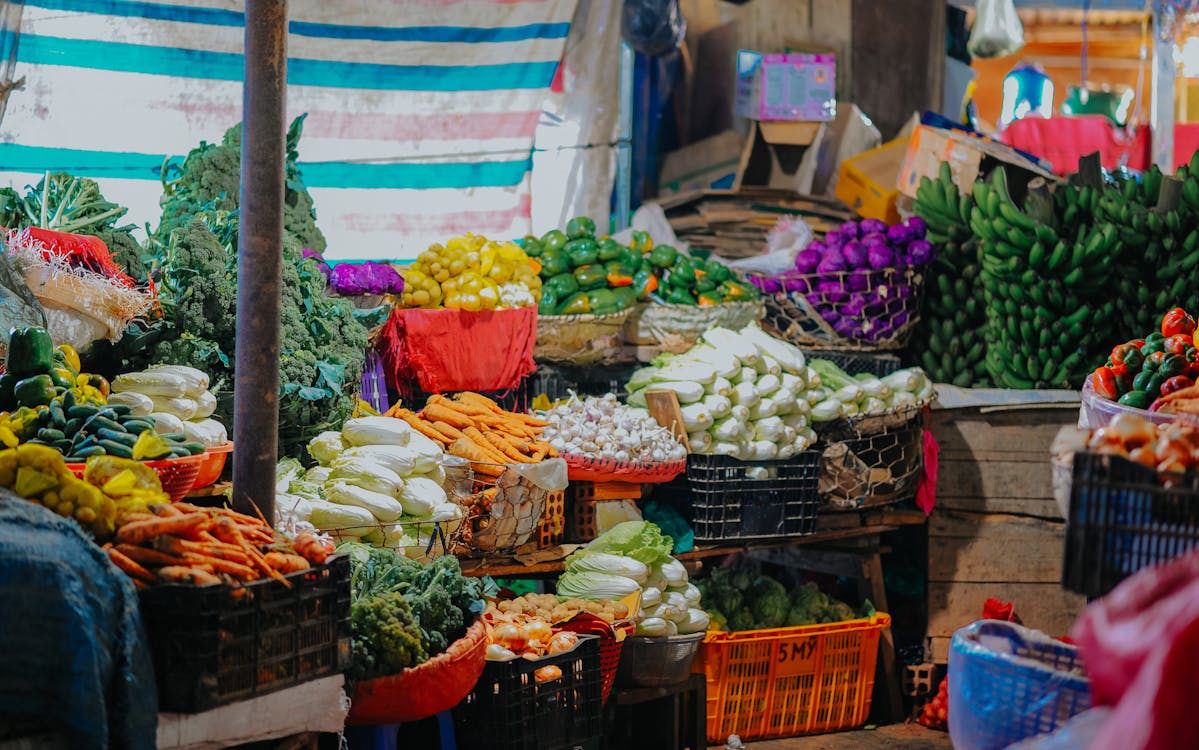
Welcome to the ultimate guide to spring vegetables! As the weather warms and the days grow longer, it’s the perfect time to start thinking about planting your garden. In this article, we’ll cover everything you need to know about growing spring vegetables, from selecting the right plants to caring for them throughout the season. Whether you’re looking to add some greenery to your salads or want to try your hand at growing your own carrots, we’ve got you covered. So grab your gardening gloves and let’s get started!
Preparing Your Garden for Spring
Choosing the Right Location
Before you start planting, it’s essential to choose the right location for your garden. Look for a spot that receives plenty of sunlight throughout the day, as most spring vegetables thrive in full sun.
Testing Your Soil
Testing your soil is another crucial step in preparing your garden for spring planting. You can purchase a soil testing kit at your local garden center or extension office to determine the pH level and nutrient content of your soil.
Selecting Spring Vegetables to Plant
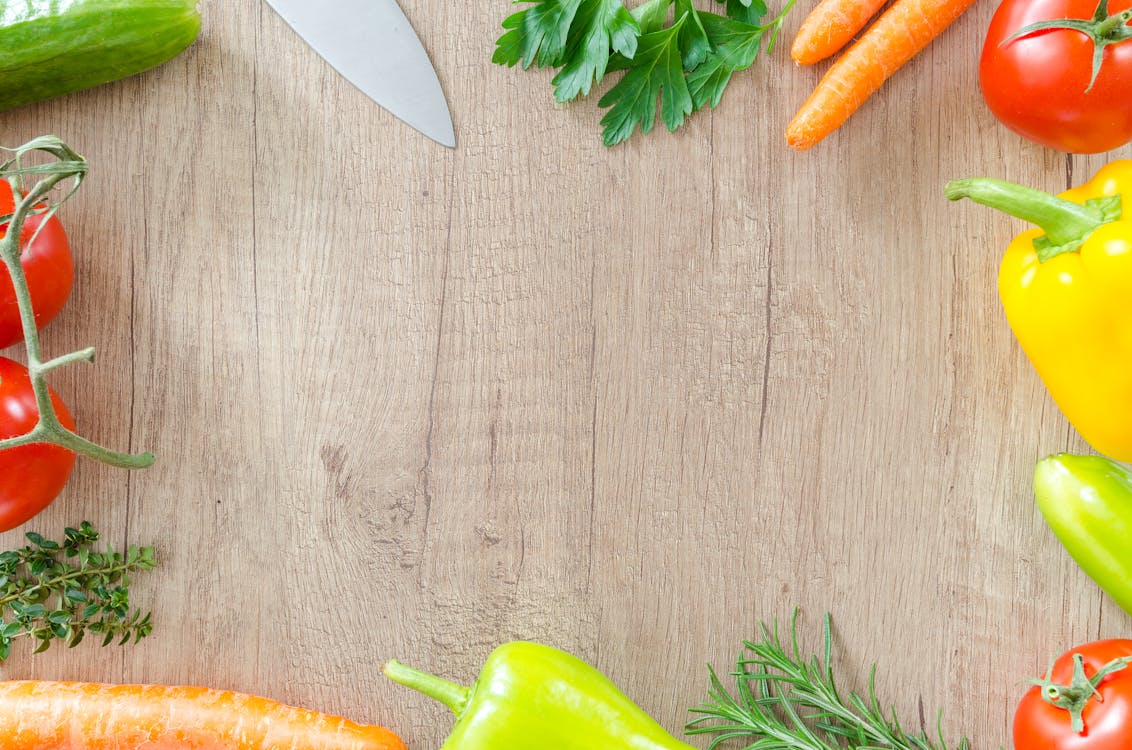
Lettuce Varieties
Lettuce is a staple in any spring garden, and there are countless varieties to choose from. From crisp romaine to tender butterhead, you’re sure to find a variety that suits your taste preferences.
Carrots
Carrots are another popular choice for spring planting. These versatile root vegetables are easy to grow and can be enjoyed fresh from the garden or cooked in a variety of dishes.
Radishes
Radishes are quick-growing vegetables that are perfect for beginner gardeners. They add a spicy kick to salads and are ready to harvest in just a few weeks.
Spinach
Spinach is packed with vitamins and minerals, making it a nutritious addition to any spring garden. It thrives in cool weather and can be harvested multiple times throughout the season.
Peas
Peas are a favorite among gardeners for their sweet flavor and crunchy texture. Whether you prefer snap peas, snow peas, or shelling peas, there’s a variety to suit every taste.
Broccoli
Broccoli is a cool-season crop that thrives in the spring garden. It’s rich in vitamins and antioxidants, making it a healthy addition to your meals.
Onions
Onions are a versatile vegetable that can be grown in the spring and harvested later in the year. They add flavor to a wide range of dishes and are relatively low-maintenance to grow.
Planting Your Spring Garden
Starting Seeds Indoors
Many spring vegetables can be started from seeds indoors before transplanting them into the garden. This allows you to get a head start on the growing season and ensures healthier, more robust plants.
Direct Sowing
Some spring vegetables, such as radishes and peas, are best sown directly into the garden soil. Make sure to follow the planting instructions on the seed packet and space your plants according to their specific requirements.
Caring for Your Spring Garden
Watering
Proper watering is essential for the health and vitality of your spring garden. Most vegetables require at least an inch of water per week, either from rainfall or irrigation.
Mulching
Mulching is another important step in caring for your spring garden. Mulch helps retain moisture in the soil, suppresses weeds, and regulates soil temperature, creating optimal growing conditions for your plants.
Fertilizing
Fertilizing your spring vegetables is key to ensuring healthy growth and abundant harvests. Choose a balanced fertilizer formulated for vegetables and apply it according to the manufacturer’s instructions.
Pest and Disease Management
Identifying Common Pests
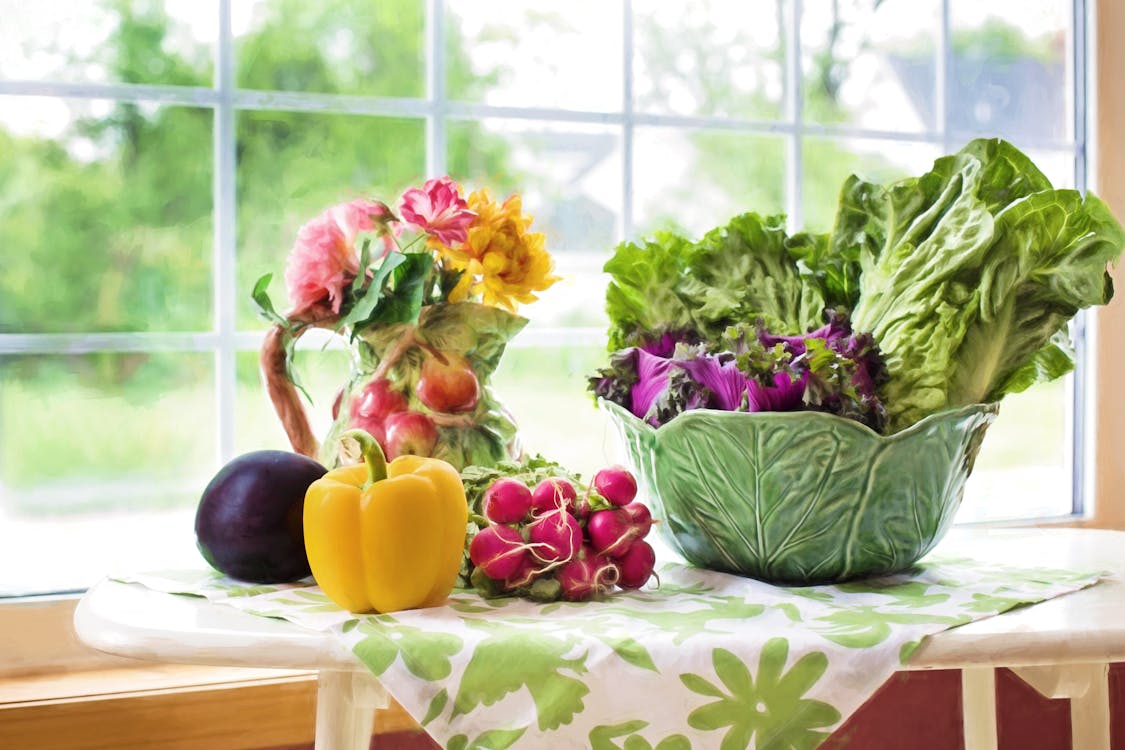
Keep an eye out for common garden pests such as aphids, caterpillars, and slugs, which can wreak havoc on your spring vegetables. Regularly inspect your plants for signs of pest damage and take appropriate measures to control infestations.
Preventing Diseases
Diseases such as powdery mildew and damping-off can affect spring vegetables, especially in humid conditions. Practice good garden hygiene, such as spacing plants adequately and avoiding overhead watering, to prevent the spread of disease.
Harvesting and Enjoying Your Spring Vegetables
Knowing When to Harvest
Harvesting at the right time is crucial for enjoying the best flavor and texture from your spring vegetables. Consult seed packets or gardening guides for specific guidance on when to harvest each crop.
Fresh Spring Recipes
Once you’ve harvested your spring vegetables, it’s time to enjoy the fruits of your labor! From crisp salads to hearty soups, there are countless delicious recipes to try featuring fresh, homegrown produce.
Conclusion
Growing spring vegetables is a rewarding experience that allows you to connect with nature and enjoy the freshest, most flavorful produce right from your own garden. By following the tips and advice outlined in this guide, you’ll be well on your way to a successful spring harvest. So roll up your sleeves, dig in the dirt, and start planting your spring garden today!
FAQs
How often should I water my spring vegetables? Watering frequency depends on several factors, including soil type, weather conditions, and plant species. As a general rule, aim to provide your spring vegetables with about an inch of water per week, either through rainfall or irrigation.
Can I plant spring vegetables in containers? Yes, many spring vegetables can be successfully grown in containers, making them an excellent option for small spaces or urban gardens. Just make sure to choose containers that are large enough to accommodate the mature size of your plants and provide adequate drainage.
Do spring vegetables need full sun? Most spring vegetables prefer full sun, which means they should receive at least six hours of direct sunlight per day. However, some leafy greens, such as lettuce and spinach, can tolerate partial shade.
How do I prevent pests from damaging my spring vegetables? There are several strategies you can use to prevent pests from damaging your spring vegetables, including companion planting, using row covers, and practicing good garden hygiene. Regularly inspect your plants for signs of pest infestations and take prompt action to control them.
What should I do with leftover spring vegetables? If you find yourself with an abundance of spring vegetables, consider preserving them for later use. You can freeze, can, or pickle your excess harvest to enjoy throughout the year.
Are spring vegetables easy to grow for beginners? Yes, many spring vegetables are well-suited for beginner gardeners, as they require minimal maintenance and have relatively short growing seasons. Radishes, lettuce, and spinach are excellent choices for novice gardeners looking to get started.

